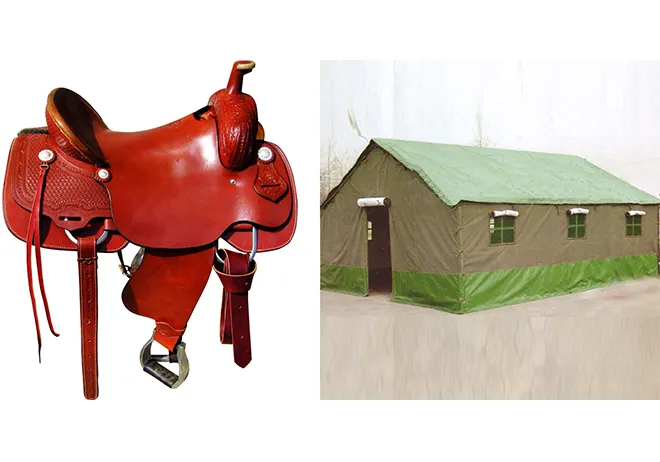Understanding the Distinction Between Serger Machines and Overlock Stitching Methods
The Difference Between Sergers and Overlock Machines
In the world of sewing, the terms serger and overlock are often used interchangeably, leading to confusion among both beginners and experienced sewists. While they serve similar purposes in finishing seams and preventing fraying, there are distinct differences between the two that can influence your choice of equipment based on your sewing needs. This article will clarify these differences and help you understand when to use each machine.
What is a Serging Machine?
A serger, also commonly known as an overlock machine, is a specialized sewing machine designed to provide professional-grade finishing to seams. The primary function of a serger is to stitch together multiple layers of fabric while simultaneously trimming the excess fabric at the edges. This is achieved through a combination of upper and lower looper threads, as well as needle threads, which allows the machine to create a strong, elastic stitch.
Sergers are particularly favored for knit fabrics, as they allow for a stretchable seam that moves with the fabric, making them ideal for activewear and comfortable clothing. They can also produce decorative edges, rolled hems, and more, making them a versatile addition to any sewing room.
What is an Overlock Machine?
While many people refer to sergers as overlock machines, not all sewing machines that perform an overlocking stitch are technically classified as sergers. An overlock machine can be any machine that uses a looped stitch to encase the raw edge of the fabric, preventing fraying. This can include standard sewing machines that have an overlock stitch function.
In essence, an overlock machine may not have all the advanced features and capabilities of a true serger. It typically lacks the ability to trim excess fabric while stitching and may not handle multiple threads as effectively as a dedicated serger. Thus, while an overlock stitch can enhance a standard sewing machine's versatility, it does not reach the same level of performance that a true serger offers.
what is the difference between serger and overlock

Key Differences
1. Functionality The primary difference between the two lies in their functionality. A serger is designed to sew, trim, and finish seams in one step, while an overlock machine may or may not include a trimming feature. Most sergers are specifically made for handling knit and stretch fabrics, creating durable and flexible seams.
2. Thread Count Typically, a serger works with 3 to 5 threads, allowing for more complex and robust seam finishes. This capability lets sewists create a variety of stitches, such as a 4-thread overlock for strength or a 3-thread for lighter fabrics. On the other hand, an overlock stitch on a standard sewing machine usually utilizes fewer threads and might not provide the same level of durability.
3. Usage Sergers excel in high-speed sewing and can handle various fabric types with ease, making them perfect for commercial sewing and heavy sewing projects. Conversely, overlock stitches from standard machines may suit light-duty sewing or home sewing projects where ultimate edge finish isn’t as critical.
4. Ease of Use Sergers can be more complex to thread and operate compared to standard overlock machines. Many sewists find the threading process of a serger to be more challenging but worth the learning curve due to the quality it provides.
5. Cost Generally, sergers tend to be more expensive than standard overlock machines, reflecting their specialized features and higher thread capacity. For beginners, it might be more cost-effective to start with a good sewing machine featuring a good overlock stitch until they feel ready to invest in a serger.
Conclusion
Understanding the differences between sergers and overlock machines can significantly impact your sewing experience. While both machines aim to enhance seam durability and finish, sergers offer advanced functionality that can save time and produce superior results, particularly for knit fabrics. If you are serious about sewing and plan to work with varied fabric types frequently, investing in a serger might be a wise decision. However, for casual sewing projects, a standard sewing machine with an overlock capability may suffice. Ultimately, your choice will depend on your individual sewing goals and how much you’re willing to invest in your craft.
-
Heavy Duty Leather Sewing Machine: A Must-Have for Professional LeatherworkNewsMay.28,2025
-
Leather Sewing Machine: Essential for High-Quality LeathercraftNewsMay.28,2025
-
Extra Heavy Duty Sewing Machine for Premium Leather ApplicationsNewsMay.28,2025
-
Walking Foot Cylinder Arm Sewing Machine: Precision and Power CombinedNewsMay.28,2025
-
Industrial Cylinder Arm Sewing Machine: Engineered for High-Performance StitchingNewsMay.28,2025
-
Cylinder Bed Sewing Machine: A Powerful Solution for Precision StitchingNewsMay.28,2025
-
Zigzag Sewing MachineNewsMay.12,2025





























